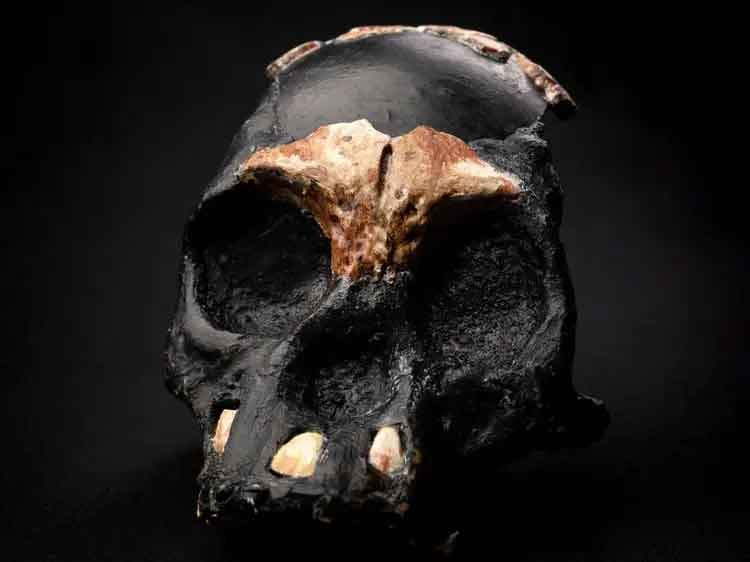Research highlight: Growth and development in human origins
A report from a Wenner-Gren-supported workshop innovating ways forward for understanding hominin ontogenies
Citation: Bolter, D. R., Cameron, N., Hawks, J., Churchill, S. E., Berger, L., Bernstein, R., Boughner, J. C., Elton, S., Leece, A. B., Mahoney, P., Molopyane, K., Monson, T. A., Pruetz, J., Schell, L., Stull, K. E., & Wolfe, C. A. (n.d.). Addressing the growing fossil record of subadult hominins by reaching across disciplines. Evolutionary Anthropology: Issues, News, and Reviews, n/a (n/a). https://doi.org/10.1002/evan.21995
Earlier this year I was part of a workshop that brought together a wide range of anthropologists and human biologists who are focusing on understanding how humans and our ancient relatives grew from infancy to adulthood. The workshop in Minden, Nevada, was organized by Debra Bolter and Noel Cameron, and included forensic anthropologists, developmental biologists, primatologists, and paleoanthropologists who are interested in bridging methods to build a stronger knowledge of how childhood may have evolved in our fossil relatives.
“This workshop's main theme was to address the expanding fossil record by reaching across disciplines to generate and answer questions about the fossil record using a multidisciplinary approach. We concluded that these evolutionary and comparative perspectives are most powerfully applied to shed light on each species in its own right, rather than focusing on what light is shed on modern humans and our evolution. With the increase in fossil populations such as Homo naledi comes a new opportunity to investigate immature specimens in an extinct species, and in a species that is morphologically distinct from Homo sapiens. One further goal of this emerging field is to understand the potential for adaptation and resilience among our living and extinct relatives through the investigation of plasticity in maturity patterns.”
Much of the work that has gone into understanding the evolution of human growth and development has been focused mainly on humans. For the last forty years, the Nariokotome skeleton of Homo erectus and subadult Neandertals have been the main fossil evidence in studies of how our developmental processes evolved. But times are changing. The number of fossil samples with significant skeletal remains of subadult or immature individuals has grown markedly over the last two decades.
My interest in this comes both from Homo naledi, which represents many immature skeletal individuals, and also Australopithecus sediba with the near-complete skeleton of the MH1 individual. From the H. naledi side, we have some pretty interesting analyses of growth and development underway and I hope to be able to report more about them soon!




